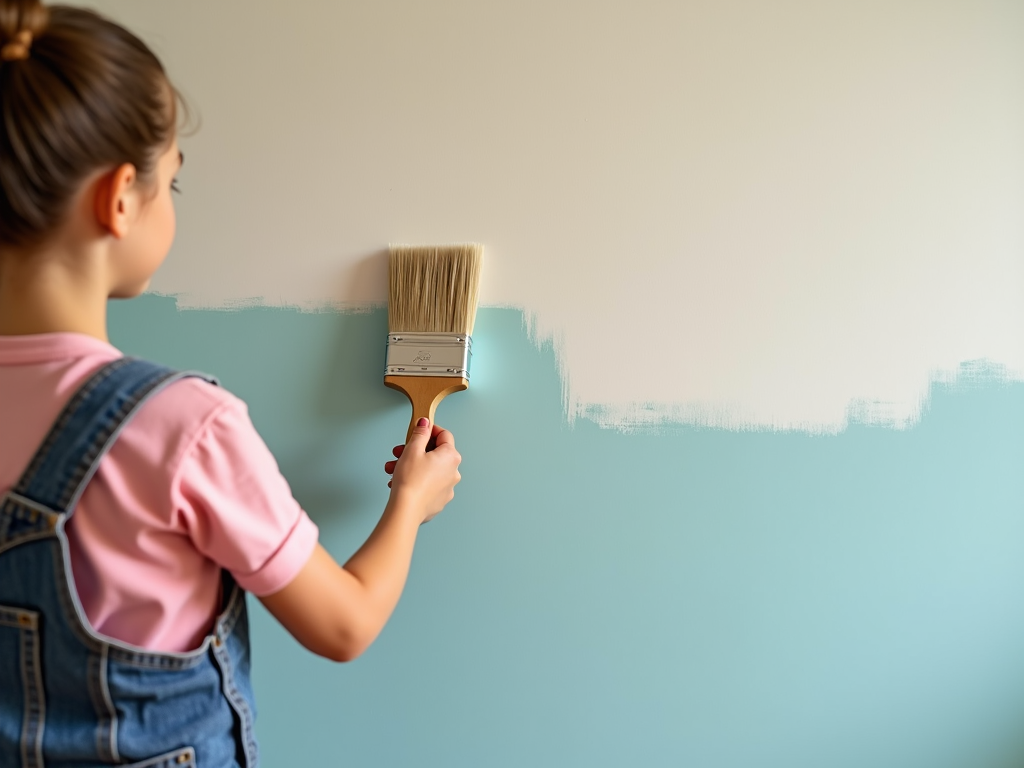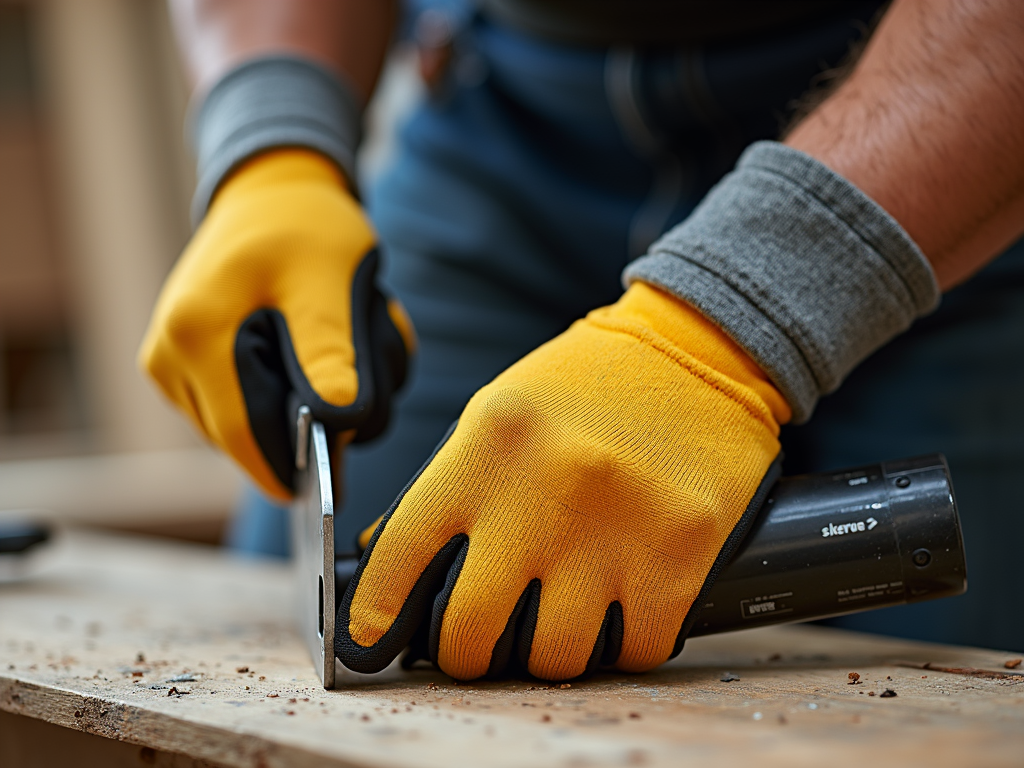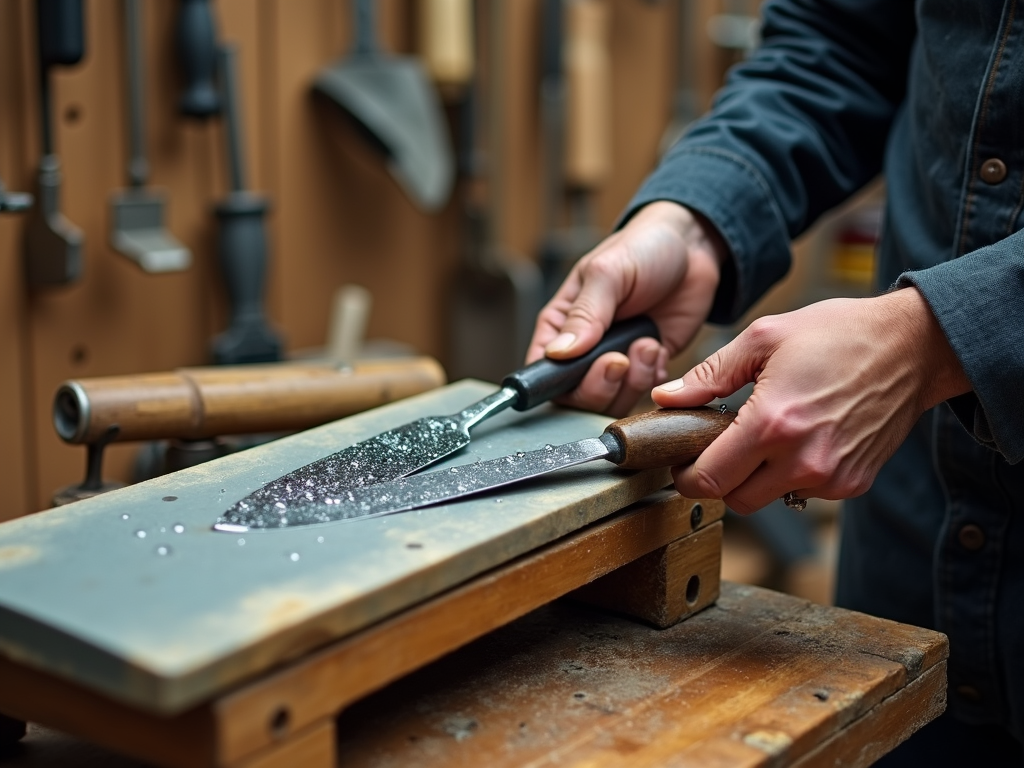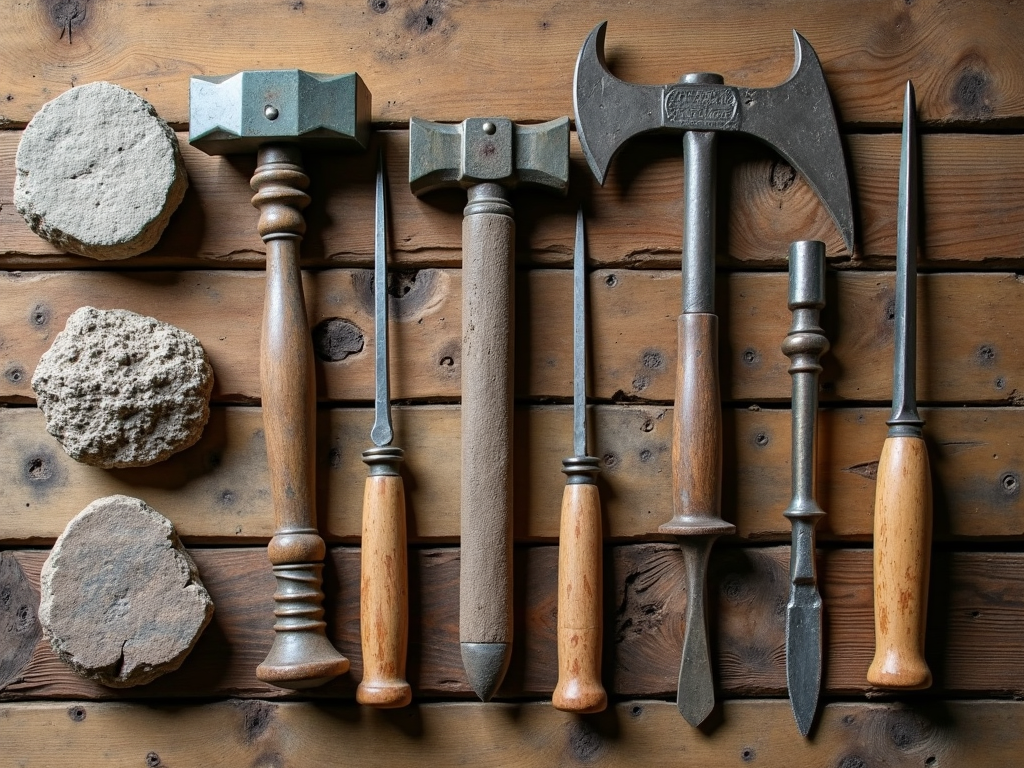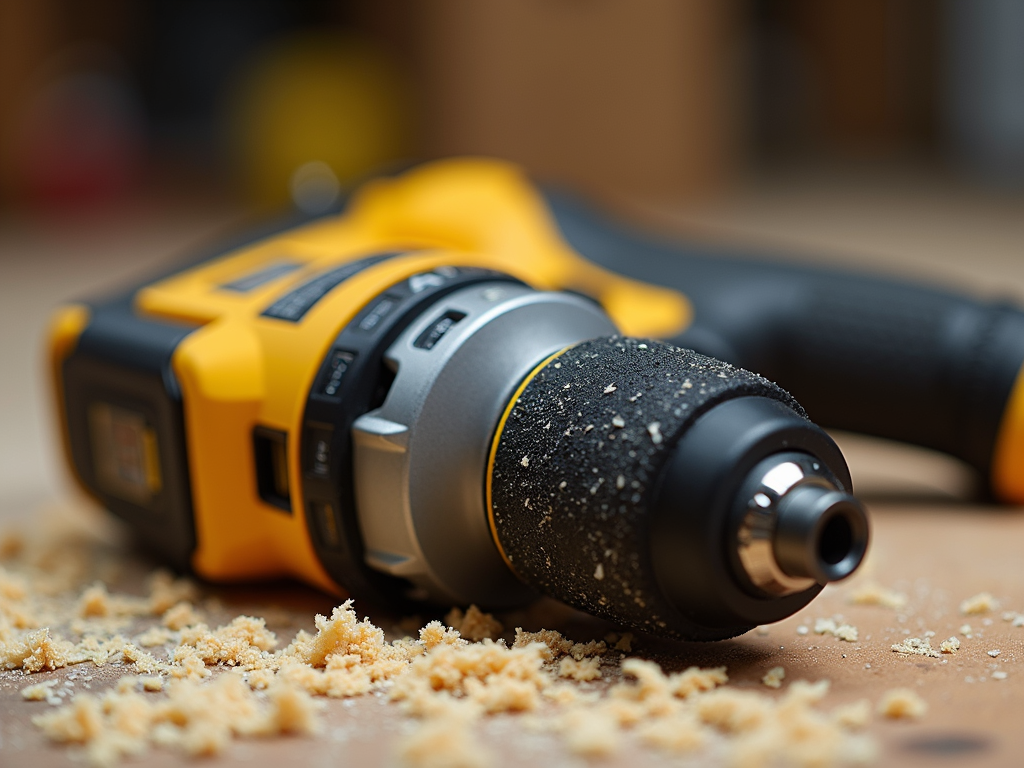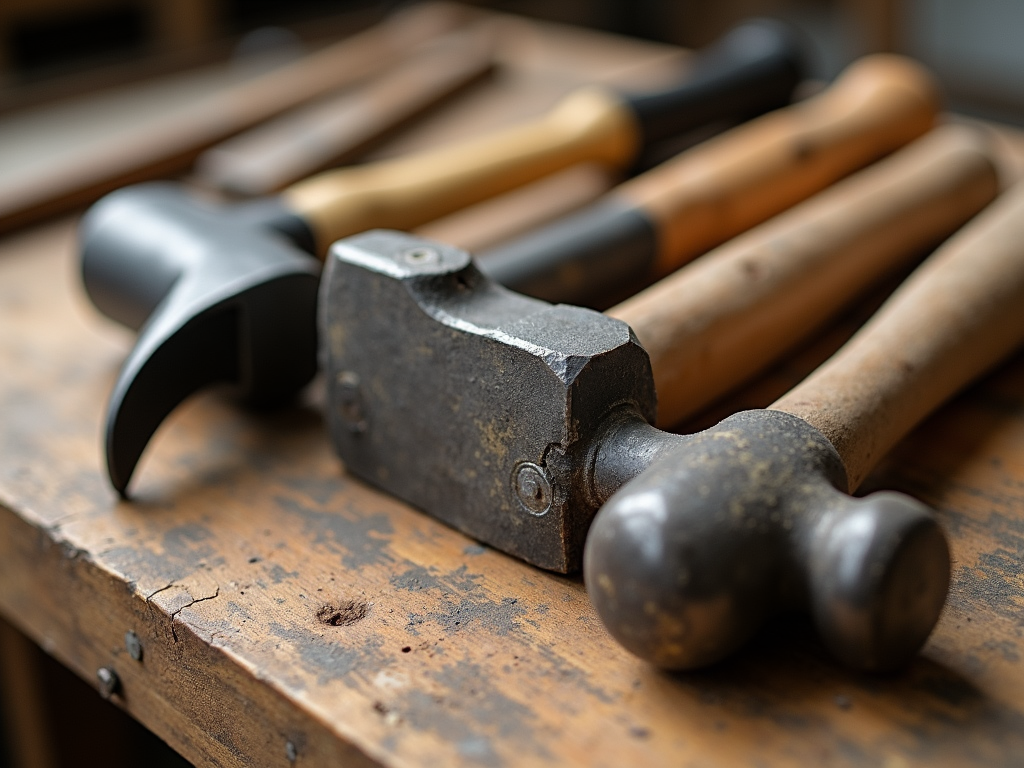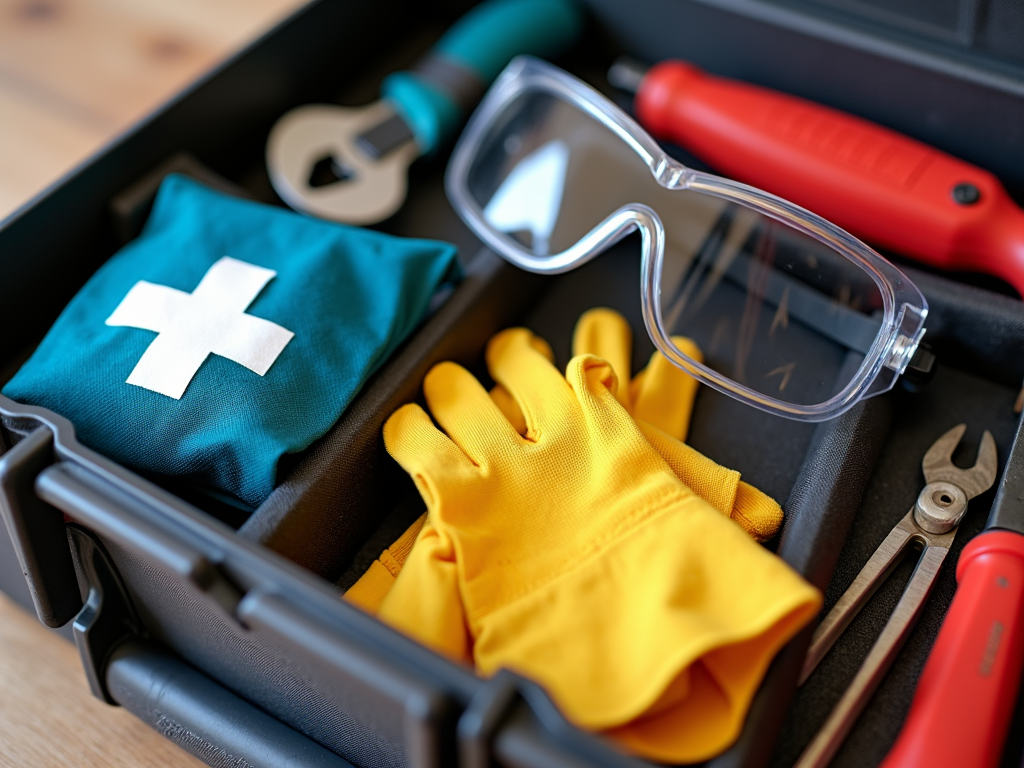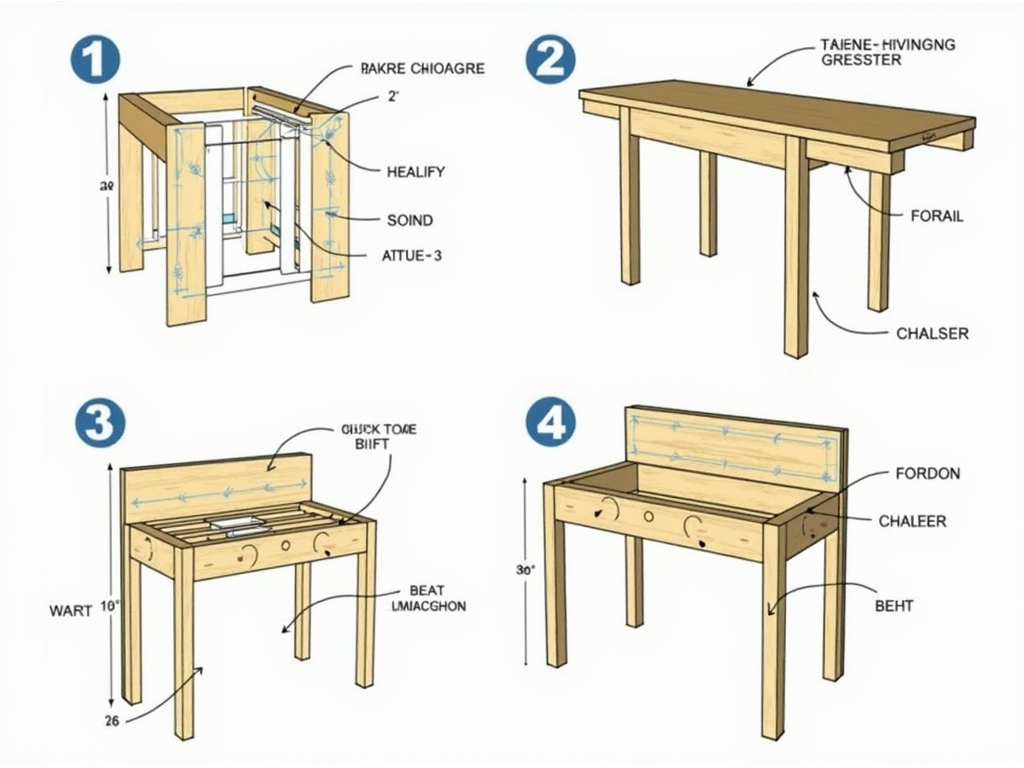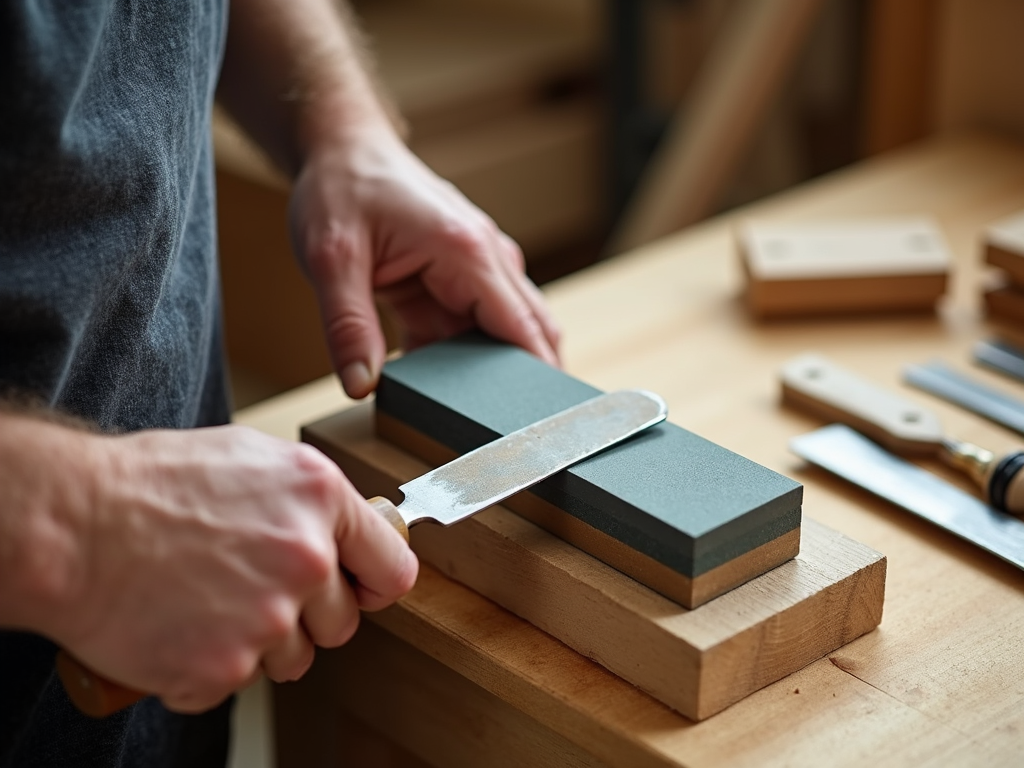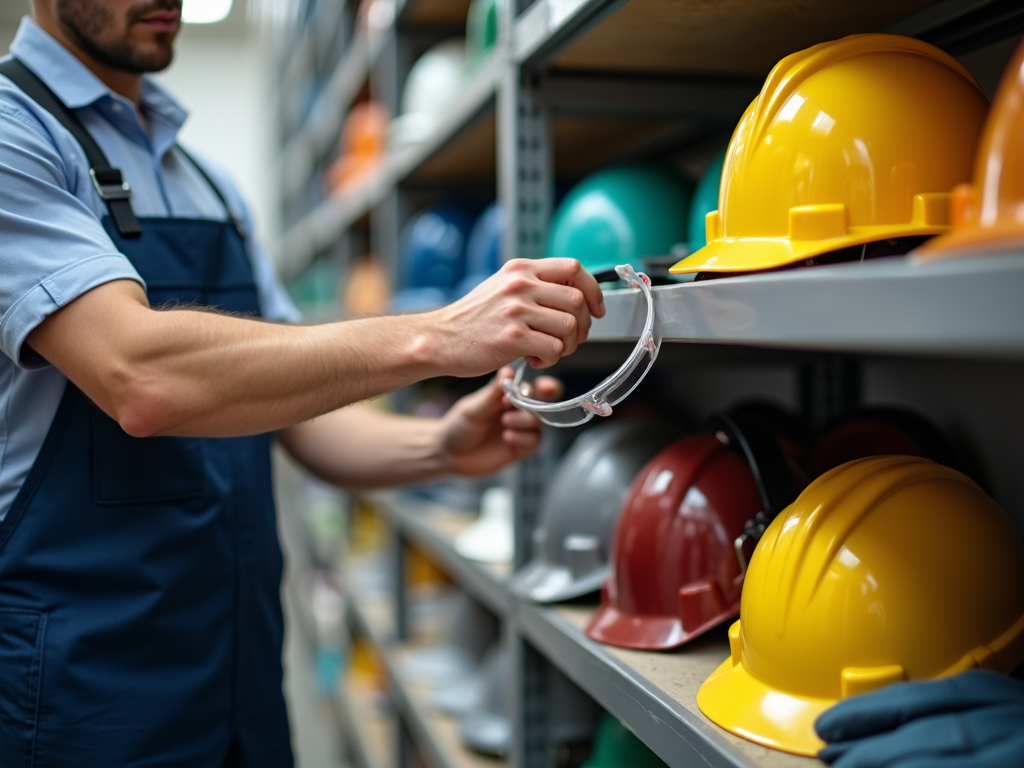Overview
Power tools can transform your DIY projects, making them faster and more fun. This guide is for beginners eager to learn about power tools, including power washers. We’ll cover the basics, safety, and simple projects to get you started—all in about 1500 words of practical advice.
Why Power Tools Matter
I remember my first time picking up a power drill—nervous but excited. Power tools for beginners open up a world of possibilities. They save time and effort compared to hand tools. From fixing a loose shelf to cleaning a grimy deck with a power washer, these tools make tasks manageable. Let’s dive into what you need to know.

What Are Power Tools?
Power tools are machines that run on electricity or batteries. They’re designed to make work easier, whether you’re cutting, drilling, or cleaning. For beginners, starting with a few basic tools is the way to go. You don’t need a whole workshop—just the right ones for your projects.
Must-Know Power Tools
Here’s a quick rundown of tools every beginner should know:
- Drills: Perfect for holes and screws. I’ve used mine for everything from furniture assembly to wall art.
- Saws: Think circular saws for straight cuts or jigsaws for curves.
- Sanders: Smooth out rough wood in minutes.
- Power Washers: Blast dirt off patios or cars with high-pressure water.
Each has a purpose, and they’re all easier to use than they look.

Picking Your First Power Tools
Choosing power tools can feel overwhelming. Ask yourself: What do I want to do? For small home fixes, a cordless drill is a champ. For outdoor cleaning, a power washer is your friend. Stick to trusted brands—my first cheap drill broke in a week. Corded tools pack more punch, but cordless ones let you move freely.
Focus on Power Washers
Power washers are a blast—literally. They spray water at high pressure to clean surfaces fast. For beginners, I recommend a light-duty electric model. They’re simple to use and don’t need gas. I once cleaned my patio in under an hour; it felt like magic. Check out this guide from the University of Georgia Extension for tips on using them safely.

Safety Is Everything
Power tools are powerful, so safety comes first. I learned this the hard way when I skipped goggles and got sawdust in my eye. Wear protective gear—goggles, gloves, and earplugs. Read the manual; it’s boring but worth it. Keep your workspace clear. A friend tripped over a cord once, and it wasn’t pretty.
Safety Tips Table
| Tip | Why It Matters |
|---|---|
| Wear goggles | Protects eyes from debris |
| Use gloves | Keeps hands safe from cuts |
| Clear the area | Prevents trips and falls |
| Follow instructions | Avoids misuse and breakdowns |
The Occupational Safety and Health Administration (OSHA) has great resources on tool safety.
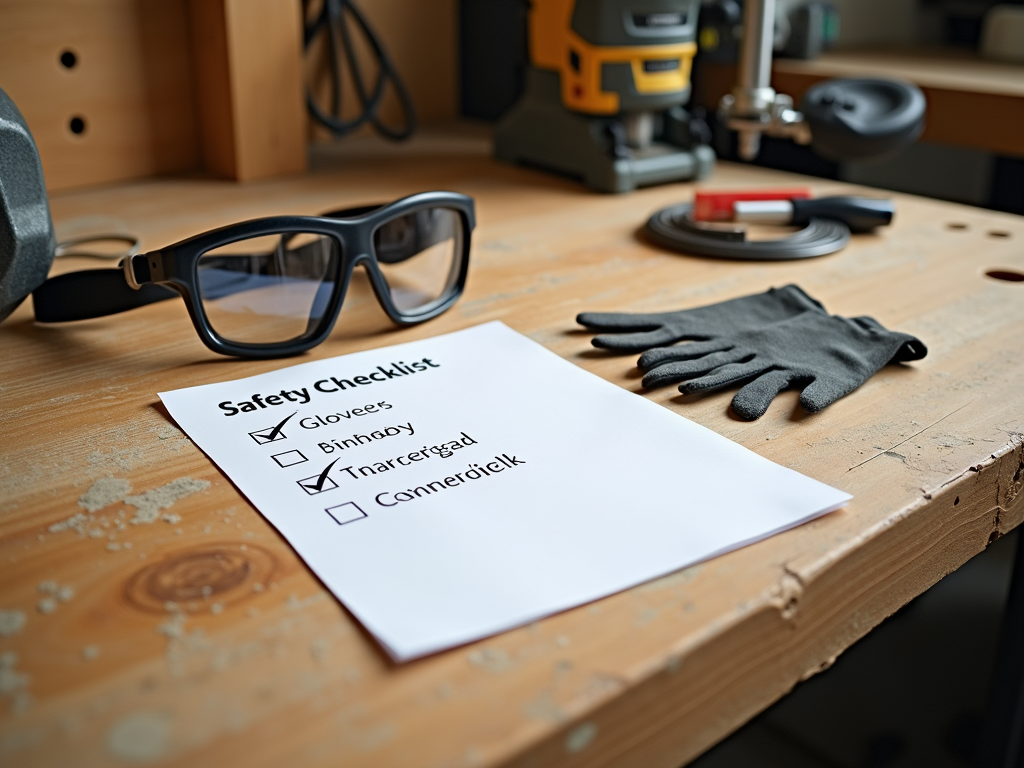
Mistakes to Skip
Beginners mess up—it’s normal. Don’t ignore safety rules; that’s asking for trouble. Using a saw to pry something open? Bad idea. I once overreached with a drill and nearly dropped it. Stand steady, and use the right tool for the job.
Easy Projects to Start
Start small to build skills. Here are three ideas:
- Birdhouse: Cut wood with a saw, drill holes, and assemble. It’s rewarding.
- Shelves: Drill into studs to hang a shelf. My first one’s still up!
- Power Washing: Clean a deck or driveway. It’s satisfying to see the dirt vanish.

How to Learn More
Practice is key, but resources help. YouTube has tutorials for every tool—I’ve watched dozens. Local workshops are gold; I met a mentor at one. Manufacturer websites often have free guides too. The more you learn, the better you get.

Tool Maintenance Basics
Keep your tools happy. Clean them after use—dust kills motors. Store them dry; my old sander rusted in a damp garage. For power washers, flush out water to avoid clogs. Consumer Reports has solid maintenance advice.
Growing Your Skills
Once you’re comfortable, try more. I went from shelves to a coffee table in a year. Power tools for beginners are just the start. Experiment, but stay safe. Every project teaches you something new.

Wrapping Up
Power tools can change how you tackle projects. Start with basics like drills and power washers, focus on safety, and practice with small tasks. You’ll be amazed at what you can do. Check out the recommended readings below for more tips and ideas.
Related power tools for beginners:
- Choosing Your First Power Tool
- Best Tools for DIY Home Painting
- Safety First: A Guide to DIY Safety Gear
- The Ultimate Guide to Tool Sharpening Techniques
- The Evolution of Workman Tools: From Past to Present
- Top Workbench Accessories for Every Craftsman
- Advanced Power Tool Features Explained: Your Ultimate Guide
- How to Use a Hammer Safely: A Comprehensive Guide for Every Workman
- Stay Safe: Top DIY Safety Tips
- How to Build a Sturdy Workbench
- The Importance of Tool Maintenance in Woodworking
- Guide to Choosing the Right PPE for Your Workshop

